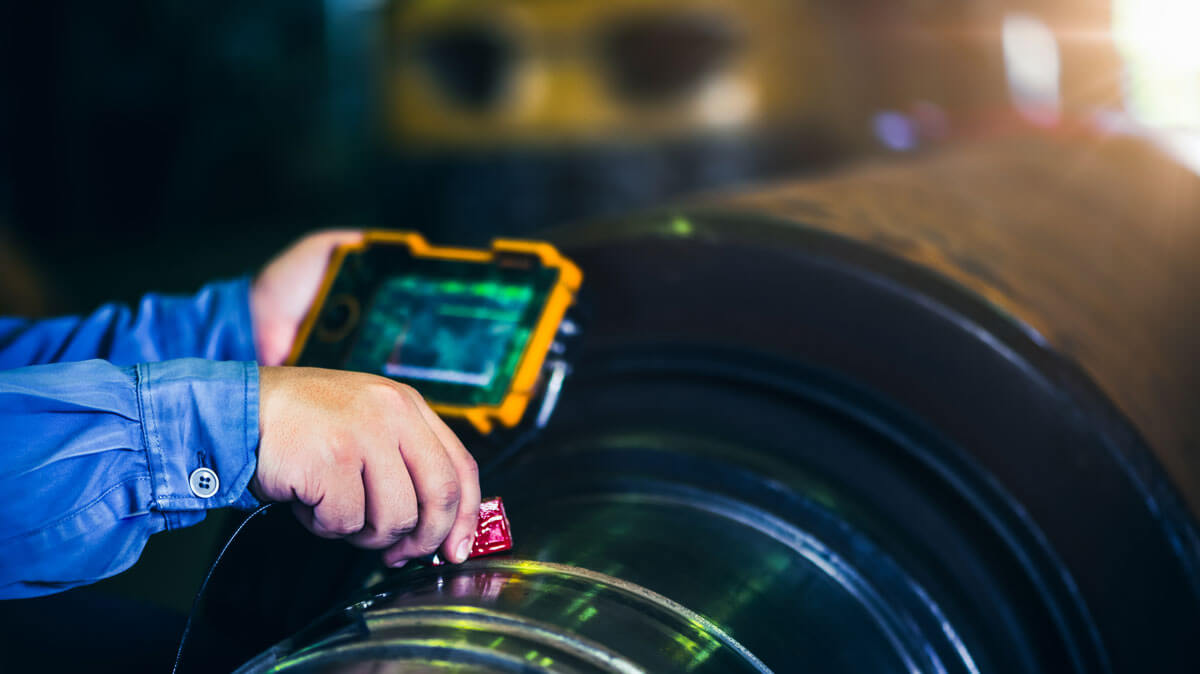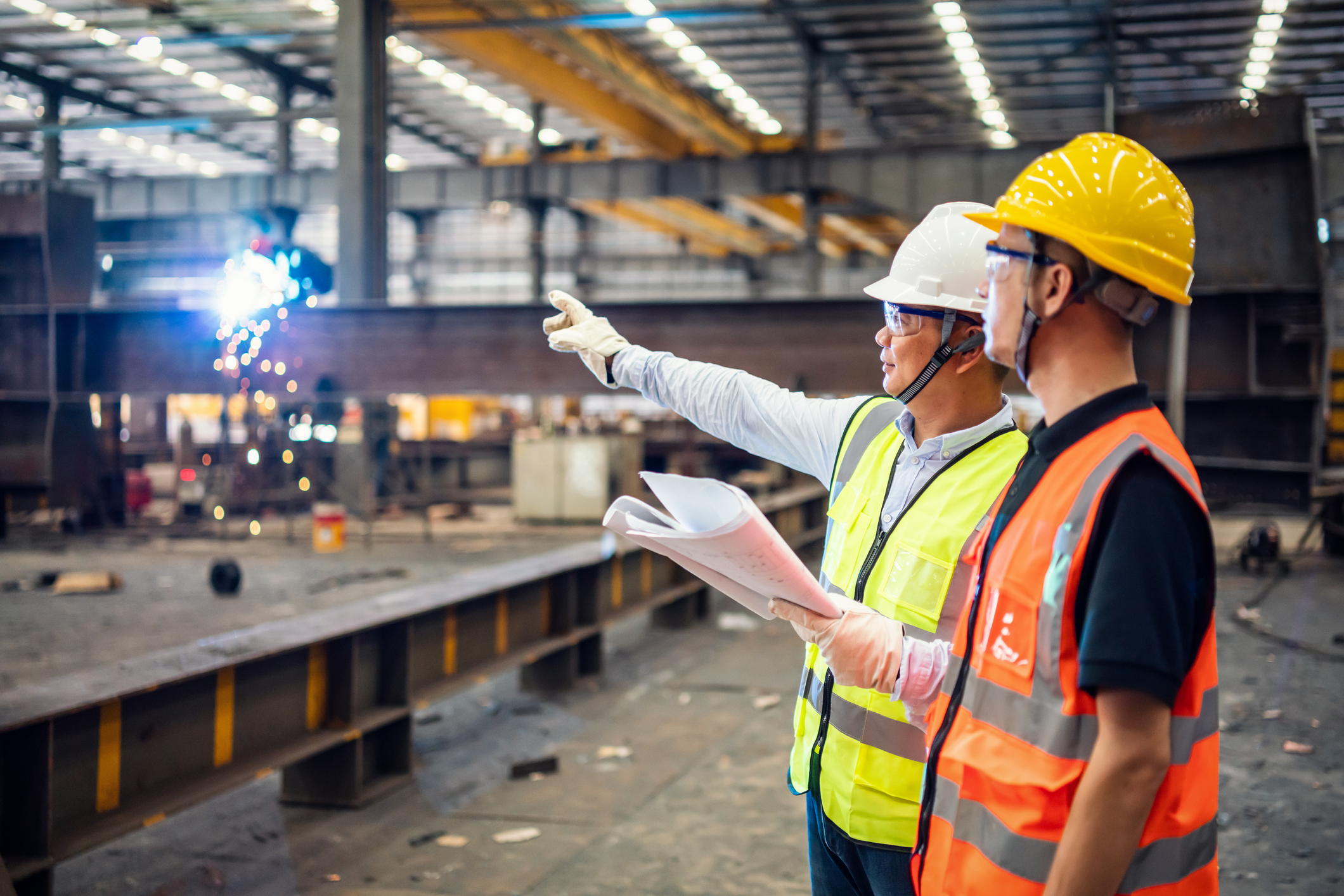Exactly How Welding Inspection Works: An Extensive Analysis of Approaches, Standard, and the Role of Examiners in Guaranteeing Structural Honesty and Safety And Security
Welding evaluation is a crucial element in the construction and manufacturing sectors, where the integrity of bonded joints is extremely important to security and reliability. Assessors are charged with not just evaluating weld top quality against rigid standards however also translating complex codes and standards.
Relevance of Welding Evaluation
Welding assessment is crucial in guaranteeing the honesty and safety of welded structures, with research studies suggesting that approximately 70% of architectural failings can be mapped back to poor welding practices. This underscores the relevance of organized evaluation processes throughout the welding lifecycle, from preparation to conclusion. Efficient assessment not just determines defects before they intensify into considerable problems yet also guarantees compliance with sector criteria and policies.

The function of welding assessors expands past mere quality assurance; they are essential in guarding public safety and security and minimizing liability for companies. By applying extensive inspection procedures, business can spot problems such as insufficient fusion, fractures, or extreme porosity, which can compromise the total stamina of a bonded joint. Ongoing training and accreditation of assessors contribute to the total top quality assurance in welding operations, cultivating a society of safety and quality.
Additionally, welding evaluation plays an essential duty in maintaining operational performance. Identifying issues early at the same time helps with prompt corrective actions, reducing pricey rework and project delays. Inevitably, a durable inspection framework offers as a structure for reputable and sturdy bonded frameworks, ensuring they satisfy both functional and safety demands.
Typical Examination Techniques
How can one ensure the quality of bonded joints throughout the assessment procedure? The application of various inspection approaches is important in examining weld stability and identifying potential issues. Common methods consist of Visual Examination (VT), which is commonly the very first line of defense, enabling examiners to detect surface area problems such as cracks, porosity, or insufficient combination by visually analyzing the welds.
Ultrasonic Checking (UT) is another extensively made use of method, using high-frequency acoustic waves to identify inner flaws within the weld. This method is specifically effective for detecting problems that are not noticeable to the naked eye. Radiographic Examining (RT) utilizes X-rays or gamma rays to develop photos of the weld, enabling the recognition of volumetric defects, such as spaces or additions.
Magnetic Particle Checking (MT) and Fluid Penetrant Evaluating (PT) are additionally prominent techniques, concentrating on surface flaws. MT depends on electromagnetic fields to reveal surface and near-surface suspensions, while PT includes using a liquid color to highlight defects. Each of these approaches offers a distinct function, making certain the detailed analysis of bonded joints and guarding architectural stability and security.
Criteria for Assessing Welds
The examination of welds is led by a collection of well established standards that ensure both functionality and safety in bonded frameworks. These criteria encompass numerous variables, consisting of weld dimension, account, and penetration, which need to adjust to defined standards. Compliance with market codes, such as those established by the American Welding Society (AWS) or the American Society of Mechanical Designers (ASME), is vital in determining the acceptability of a weld.

Weld metallurgy plays a critical duty; the assessment thinks about the combination high quality between base and filler materials, in addition to heat-affected areas. Finally, the general mechanical residential properties, including tensile strength and ductility, should fulfill the requirements developed for the specific application. Jointly, these requirements make certain that welds not just meet visual requirements but additionally do accurately under functional problems.
Duty of Welding Inspectors
A welding assessor's knowledge is crucial in ensuring the integrity and high quality of welded structures. These experts play an important role in the fabrication and construction process by confirming that welding procedures adhere to established specifications and criteria. Their responsibilities encompass an extensive variety of tasks, consisting of aesthetic inspection of welds, examining welding paperwork, and conducting non-destructive screening (NDT) approaches such as ultrasonic or radiographic screening to determine flaws.
Welding assessors are also in charge of analyzing welding codes and criteria, guaranteeing that the welders are certified and that the products used meet the necessary needs - Houston Welding Inspection. They need to preserve thorough documents of evaluations, which act as paperwork of compliance and quality guarantee. These examiners typically collaborate with designers and project managers to resolve any problems that emerge during the welding procedure, giving recommendations for rehabilitative activities when required.
Along with technological skills, reliable interaction is essential, as welding examiners have to convey findings clearly to stakeholders and help with training and guidance for welders. Ultimately, their function is indispensable to maintaining safety and integrity in welded structures, contributing significantly to the overall success of building tasks.

Challenges in Welding Evaluation
What challenges do welding inspectors deal with in their crucial duty? The complexities of contemporary welding techniques and products present substantial obstacles for examiners tasked with making sure compliance Homepage with security criteria and structural integrity.
In addition, inspectors commonly experience variants in worksite problems that can prevent evaluation processes. Variables such as environmental conditions, try this web-site availability, and the physical state of the welded frameworks can make complex comprehensive examinations. Time restraints enforced by job timetables can further press examiners, possibly impacting the thoroughness of their assessments.
Additionally, the subjective nature of some inspection methods can result in variances in examinations. Aesthetic examinations might differ based on the assessor's experience and viewpoint. To mitigate these difficulties, the fostering of advanced non-destructive testing techniques and standardized procedures ends up being vital - Houston Welding Inspection. Inevitably, getting over these barriers is crucial for making sure the security and dependability of welded frameworks throughout various markets.
Verdict
Welding examination is vital for preserving architectural stability and safety in numerous industries. With the application of diverse examination approaches and adherence to established standards, inspectors play a crucial duty in ensuring and determining flaws conformity with industry requirements. The challenges faced in this field highlight the requirement for continuous enhancement in inspection methods and techniques. Ultimately, efficient welding inspection adds significantly to mitigating dangers and boosting the overall dependability of bonded structures.
Welding inspection is a crucial component in the construction and manufacturing industries, where the stability of bonded joints is extremely important to safety and security and reliability.Welding inspection is essential in making certain the integrity and safety of bonded frameworks, with researches showing that up to 70% of structural failures can be traced back to poor welding techniques. Their duties incorporate a thorough range of tasks, consisting of aesthetic assessment of welds, examining welding paperwork, and performing non-destructive screening (NDT) techniques such as ultrasonic or radiographic testing to recognize flaws.
Welding examiners are Visit This Link also accountable for translating welding codes and requirements, making sure that the welders are qualified and that the materials utilized meet the necessary requirements. Inevitably, effective welding inspection adds significantly to mitigating dangers and improving the general dependability of welded structures.